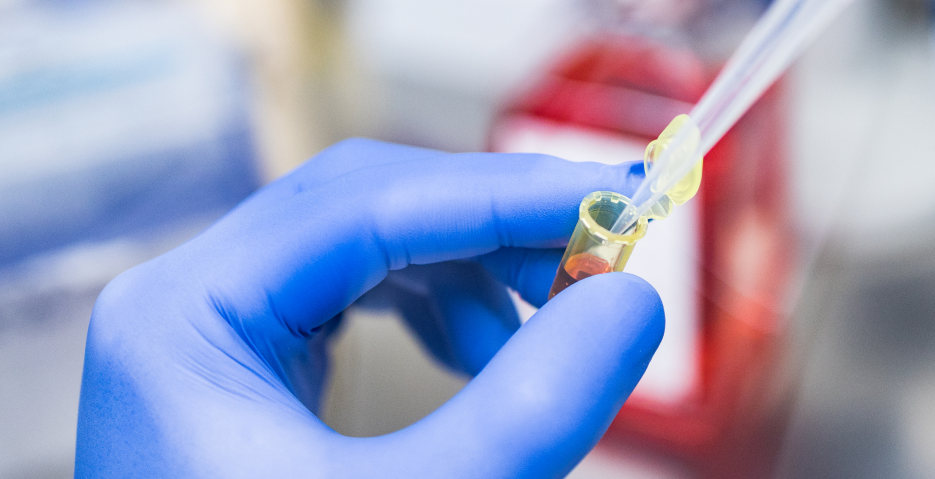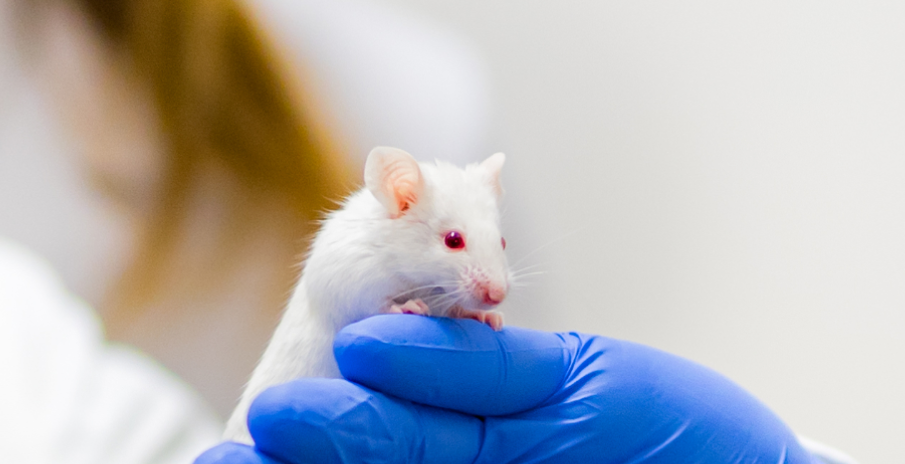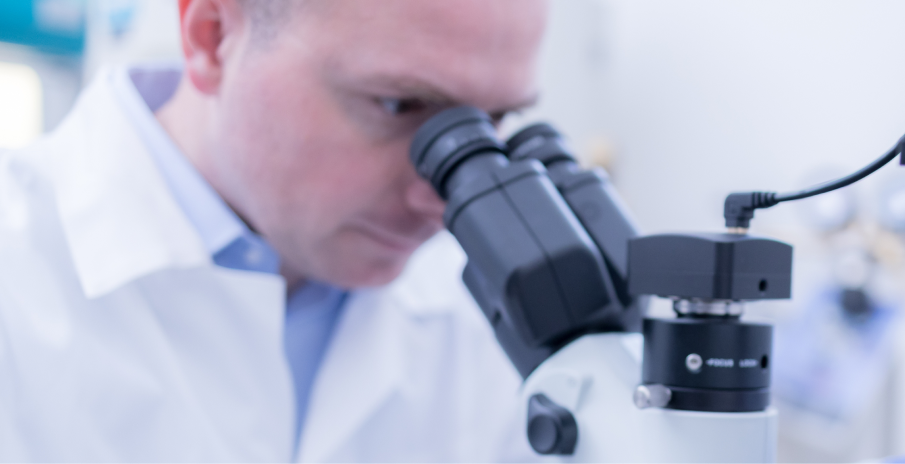Research&Development
DIAGNOSTICS

ACCURATE DETECTION
EFFICIENT CAPTURING
SUCCESSFUL TREATMENT
Timely diagnosis of cancer,
by detection and capturing of circulating cancer or endothelial progenitor cells, using specific markers and devices, is important for the promising prognosis and for the successful treatment
HORIZON 2020 – TMA MSCA STAFF EXCHANGES NETWORK: BIOSMALL
IDENTIFICATION OF SUBTYPE-SPECIFIC DIAGNOSTIC AND THERAPEUTIC BIOMARKERS FOR SCLC


Grant: BIOSMALL under the Marie Skłodowska-Curie grant agreement No 101131228
2023-2027
Although small cell lung cancer (SCLC) is a particularly aggressive disease, targeted therapies have remained largely unsuccessful and there were no major therapeutic advances in the last three decades. In the clinics, SCLC is still treated as a molecularly homogeneous malignancy.
However, recent analyses led to the classification of neuroendocrine and molecular subtypes, defined by differential expression of four key transcription regulators: ASCL1, NEUROD1, POU2F3 and YAP1. Our study proposal aims to identify unique subtype-specific diagnostic and therapeutic biomarkers for SCLC patients with state-of-the-art multiomic approaches, and moreover to deepen our understanding of the biological and clinical significance of SCLC molecular subtypes.
HORIZON 2020 – TMA MSCA STAFF EXCHANGES NETWORK: BIOSMALL
IDENTIFICATION OF SUBTYPE-SPECIFIC DIAGNOSTIC AND THERAPEUTIC BIOMARKERS FOR SCLC
Furthermore, by identifying novel potentially targetable proteins and proteomic pathways, our project might represent a step forward in the development of subtype-specific therapeutic approaches and follow-up strategies in this devastating disease.
We intend to investigate the diagnostic and therapeutic significance of each subtype in a large panel of human SCLC cell lines in correlation with their proteomic and metabolomic profiles of the cell lines and tumor samples, in vivo metastatic capacity and sensitivity to potential targeted agents. Additionally, the specific features of the molecular subtypes will be also assessed by performing genetic mutation analyses and using in-depth machine-learning algorithms. All potential circulating biomarkers delineated by proteomics and metabolomics will be first validated by a series of in vivo experiments in different murine models. In addition, in order to improve patient selection and follow-up in a non-invasive manner, the specific PET-CT radiomic features of enrolled patients will be also analyzed within the framework of the current study.
Altogether, by identifying a wide range of novel biomarkers and potential therapeutic targets via multiomic approaches, the current study will possibly result in a new subtype-specific biomarker panel which will contribute to the development of individualized diagnostic and/or therapeutic strategies in this hard-to-treat disease. Therefore, by shedding light on the biological and clinical relevance of SCLC subtypes, the current study might help to improve patient selection and develop novel therapeutic strategies.
For more information about the BIOSMALL project you can find on the website and the LinkedIn page.
DEVICE THAT IS ABLE TO CAPTURE A SPECIFIC CELL TYPE USING COMBINED MARKERS (CELLCOUNTER)
Circulating cells sample contain many different cell types. All of these cells express several different markers on their surface but these markers are seldom unique to one specific cell type.
However, there are combinations of markers that are very specific to one particular cell, e.g. cancer cell, or stem cell.
We propose a microchannel-based device that is able to capture a specific cell type using combined markers for the analysis of cellular content of samples. The device is essentially a set of narrow channels through which the cells can be pumped through. Some areas on channel wall are functionalized with a combination of receptors that are binding to their corresponding markers on the cell’s surface.
The flow conditions and the channel dimensions are optimized on the way that if more than one marker is present on the cell surface then the cell gets stuck in the channel.
The number of such stuck channels can be determined by optical or electrical means, e.g. using the change in the impedance of the channel.
Patent no.: Ep14168842 “Microchannel-based cell capture device for the analysis of cellular content of samples”
2010-2012
DEVELOPMENT OF DETECTION METHOD FOR CIRCULATING ENDOTHELIAL PROGENITOR CELLS
Growth of new blood vessels, through angiogenesis and vasculogenesis, is required and essential step in the tumor growth as well as in regeneration of hypoxic post-infarction tissues.
This process can be achieved through the incorporation of endothelial progenitor cells (EPCs) into the endothelial tube of novel blood capillaries.
Based on several observations, the circulating levels of these cells are associated with the severity of the given disease. In line with that, enumeration of EPCs can help to assess disease progression, prognosis and therapeutic efficacy.
This angiogenesis related project has been successfully completed laying down the principles of developing a detection method for enumeration circulating EPCs.
Grant: INNO_08_KM-KLABIN08 (INNOCSEKK_PLUSZ) (NKFIH – ETH Zürich)
2008-2009
For further details regarding diagnostics development, please contact us on info@kinetolab.hu




